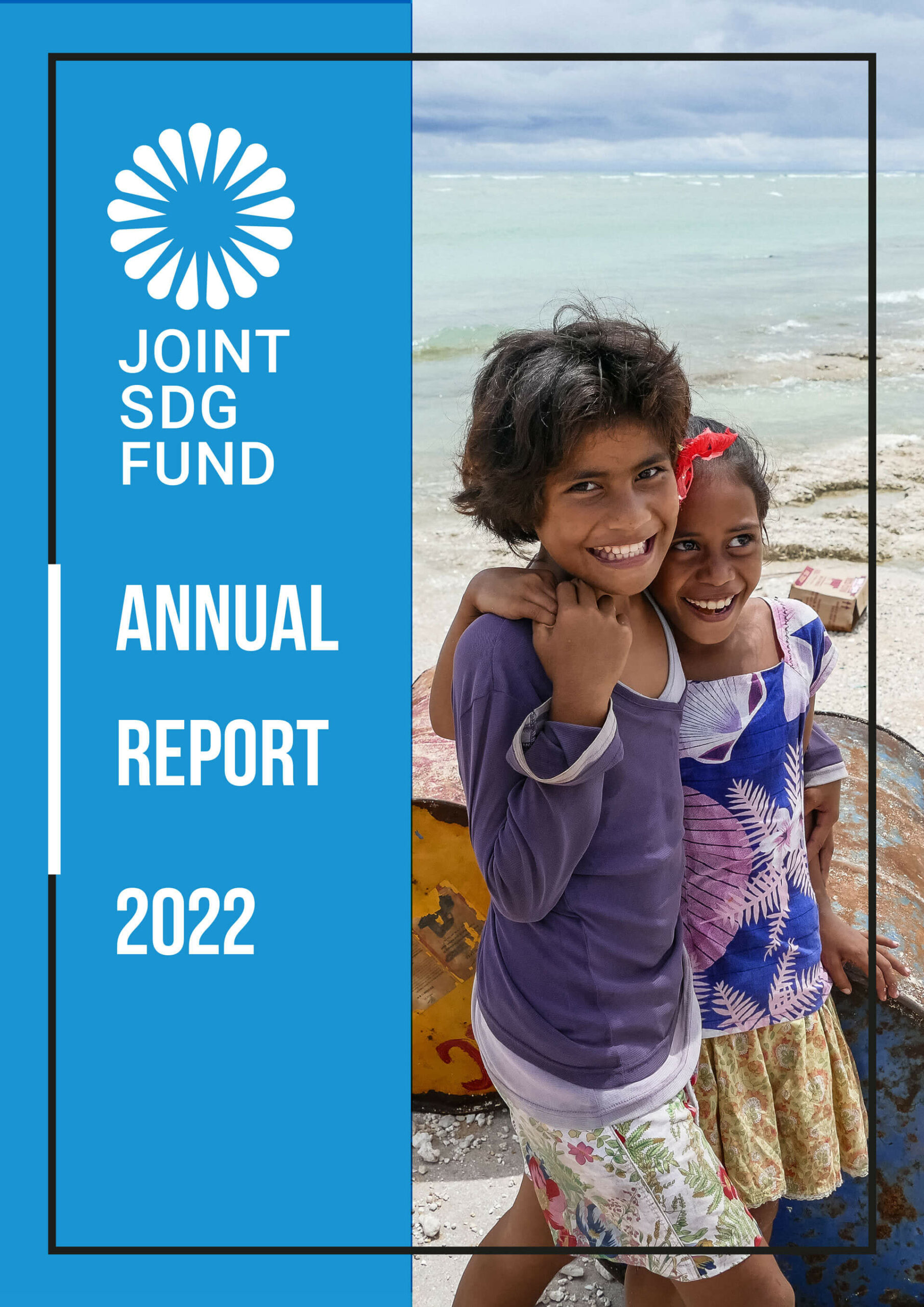According to the Guatemalan National Maternal and Infant Health Survey, 47 per cent of children under five are classified as stunted because of their height and weight and 37 per cent of the population is affected by food insecurity. A siloed approach to nutrition and a lack of planned policy budgets or quantified implementation costs for interventions challenged the effectiveness of past programmes. Facing limited results against early childhood malnutrition for decades, the Guatemalan government has now adopted a systemic approach to address malnutrition in the frame of food systems.
UNICEF, UNDP, and WPF developed an innovative methodology to determine the cost of the Great National Crusade for Nutrition (GCNN), including activities and interventions, by working collaboratively with line ministries and GCNN-prioritized local governments. This approach highlighted gaps in financial, human and material resources, which constituted necessary evidence for the Government and informed dialogues with different sectors (private, civil society, religious, etc.), facilitating the mobilization of public and private sources of financing to address chronic malnutrition.
It was estimated that in order to achieve GCNN’s objectives, Guatemala needs to allocate 3.7 per cent of its GDP compared to the current allocation of 0.5 per cent. The costing methodology will facilitate formulating the public annual and multi-year budget allocation towards GCNN. In 2022, the Guatemalan Congress approved a budget allocation of US$60 million, an increase of 6 per cent.
Moreover, the mapping of institutional bottlenecks that hindered the implementation of the GCNN interventions identified immediate constraints preventing an efficient execution of GCNN’s interventions, developing a timeline with assigned responsibilities for relevant solutions. The overall objective of the UN support was to improve the national public finances using the Integrated National Financing Framework’s (INFF) umbrella methodology. Specifically, the aim was to promote the medium-term sustainability of the national strategy to combat chronic malnutrition.
Reliant upon a systemic transformational approach, five lines of action to reduce malnutrition in children, girls, and women, and rural and indigenous populations in extreme poverty were identified, estimating costs and scaling-up interventions for each:
- Health and nutrition: health services, infrastructure, promotion of child development.
- Food availability: food production, provision of inputs, home gardens, food storage, healthy diets.
- Social protection: cash transfers, school meals, women’s empowerment.
- Safe water, sanitation, and hygiene: surveillance of water quality, supply systems, sanitation, waste control.
- Communication for a social and behavioural change: sensitive care actions, food production, adequate hygiene practices.
Note:
The Joint SDG Fund's joint programmes are under the prestige leadership of the Resident Coordinator Office and implementing United Nations Agencies. With sincere appreciation for the contributions from the European Union and Governments of Denmark, Germany, Ireland, Italy, Luxembourg, Monaco, The Netherlands, Norway, Portugal, Republic of Korea, Spain, Sweden, Switzerland and our private sector funding partners, for a transformative movement towards achieving the SDGs by 2030.



















